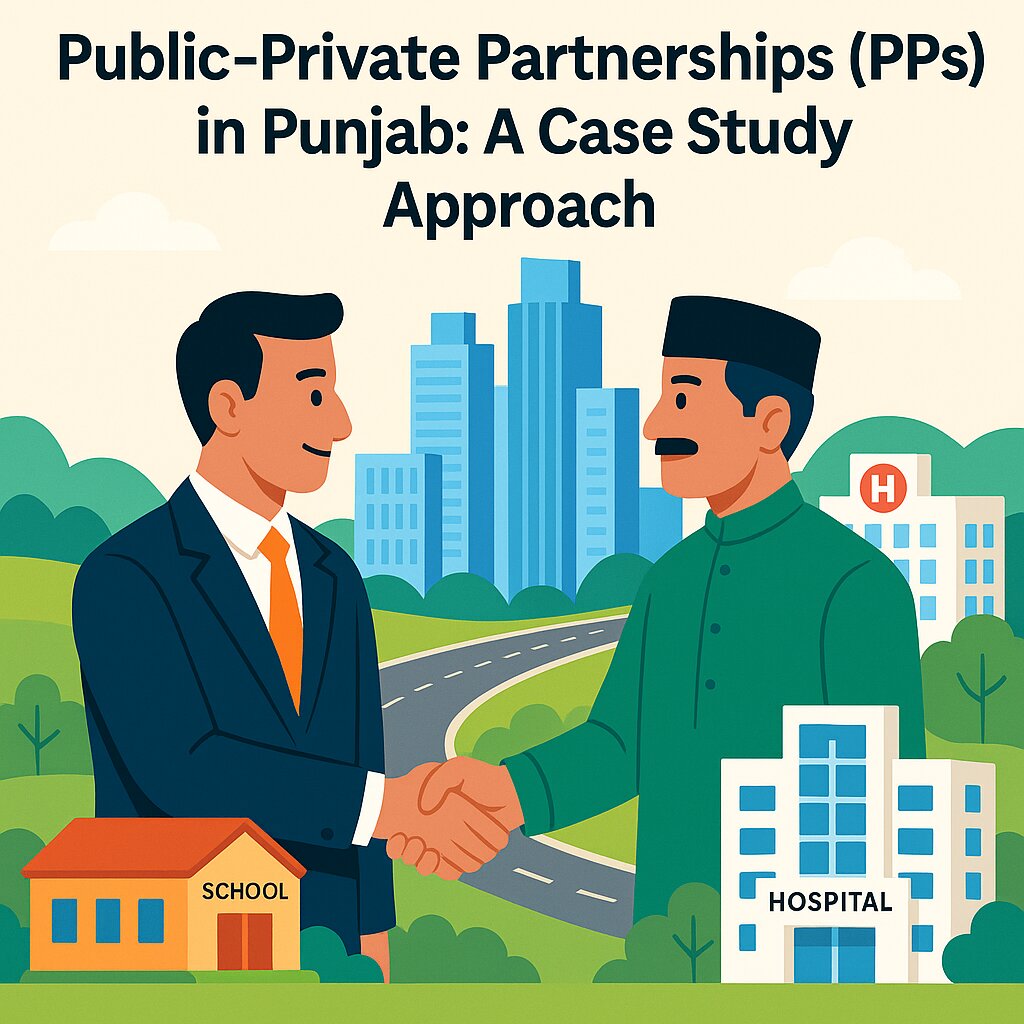
Punjab’s embrace of Public-Private Partnerships (PPPs) reflects a strategic shift to bridge infrastructure deficits and enhance public service delivery amid fiscal constraints. With a population exceeding 120 million and urbanization accelerating, the province has turned to PPPs to leverage private sector innovation and capital. Projects spanning waste management, water supply, and transit systems demonstrate how collaborative models can address critical gaps while optimizing resource use. However, success hinges on balancing risk-sharing, ensuring affordability, and maintaining public accountability. This article examines Punjab’s PPP landscape through key case studies, evaluates their outcomes, and identifies lessons for future collaborations.
Transformative Projects: From Waste Management to Mass Transit
1. Lahore Waste Management Company (LWMC): Established in 2009 under a PPP framework, LWMC transformed urban sanitation by outsourcing waste collection to private contractors. By 2023, coverage expanded from 40% to 85% of Lahore, with daily waste handling surging from 3,500 to 5,800 tons. Operational efficiency improved through GPS-enabled trucks and community engagement apps, reducing complaints by 65%.
2. Punjab Saaf Pani Company (PSPC): Targeting rural water scarcity, PSPC’s PPPs have installed 1,200 filtration plants since 2015, providing clean water to 4 million households. Private operators manage maintenance under 10-year contracts, ensuring 90% uptime—a stark contrast to government-run systems’ 60% reliability.
3. Orange Line Metro (OLM): Completed in 2020 with $1.6 billion investment (80% Chinese financing), OLM serves 250,000 daily riders. While construction faced legal delays, its operational PPP model—combining public ownership with private operation—reduced per/km costs by 20% compared to traditional procurement.
| Project | Sector | Investment | Key Outcome |
|---|---|---|---|
| LWMC | Sanitation | $120 million | 85% coverage, 5,800 tons/day |
| PSPC | Water Supply | $300 million | 4M households served |
| OLM | Transport | $1.6 billion | 250,000 daily riders |
Impact on Service Delivery: Efficiency and Equity
PPPs have injected efficiency into traditionally sluggish sectors. LWMC’s performance-based contracts tied payments to service metrics, cutting costs by 30% while expanding coverage. Similarly, PSPC’s decentralized plants reduced waterborne diseases by 25% in target districts. OLM’s integrated fare system improved accessibility for low-income commuters, with fares capped at Rs. 40 ($0.14).
However, equity gaps persist. PSPC’s focus on rural areas left peri-urban zones underserved, while OLM’s limited routes exclude eastern Lahore’s industrial belt. Affordability remains contentious; LWMC’s user fees, though nominal, sparked resistance in low-income neighborhoods.
Navigating Challenges: Risks and Mitigation
- Financial Viability: LWMC’s initial reliance on provincial grants threatened sustainability until tariff reforms aligned revenues with costs.
- Regulatory Hurdles: OLM’s 4-year delay due to heritage preservation lawsuits underscores the need for robust feasibility studies.
- Public Acceptance: PSPC faced skepticism over private involvement in water—a public good. Transparent tenders and community consultations mitigated backlash.
Future Pathways: Scaling Success Responsibly
Punjab aims to expand PPPs into healthcare and education, with proposals for 20-model schools and 10 diagnostic centers under build-operate-transfer (BOT) models. Key strategies include:
- Risk-Sharing Mechanisms: Guaranteeing minimum revenue for investors in low-return sectors like sanitation.
- Hybrid Financing: Blending commercial loans with concessional funds to reduce costs.
- Citizen Engagement Platforms: Real-time feedback apps to align projects with community needs.
Punjab’s PPP journey offers a blueprint for balancing efficiency with equity. While challenges persist, structured frameworks and adaptive policies can harness private sector agility without compromising public welfare. As the province eyes sustainable urbanization, refining these partnerships will be pivotal to inclusive growth.
This article was published on PublicFinance.pk.
